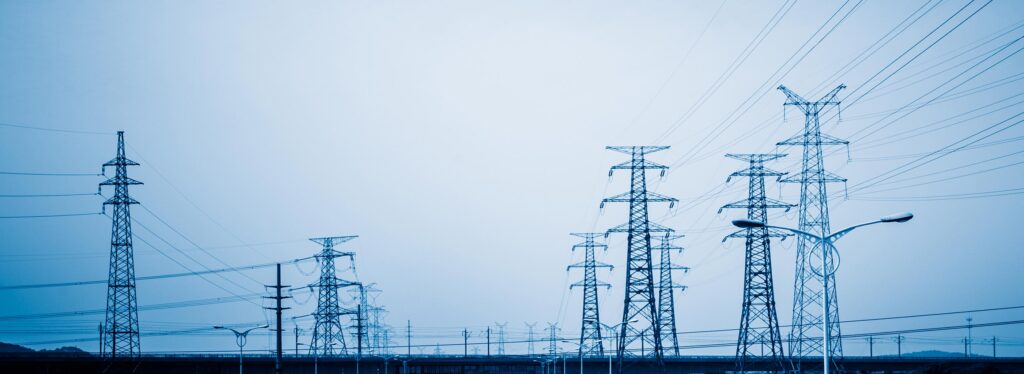
· Energy storage technologies acts as backup power to the grid in cases of outages.
· They have have adapted in various countries to enhance energy security and reliability. This is because it reduces the dependence of foreign energy.
· Energy can stores in various forms which is then converted into electrical energy.
Energy production and consumption balances by the use of energy storage technologies. Energy storage captures and delivers it for future use. The energy stored is from different sources of energy such as renewable energy and fossil fuels. It stores when the production is high and demand is low. It is then released when the demand is high and production is low. Energy storage technologies pair with software that controls the charge and discharge of energy. The energy storage systems ensure there is energy reliability and efficiency.
Surge arrestor is a safety device for bypassing and discharging excess current to restrict voltage in the equipment. These devices direct the power surge into the earth through grounding. Surge arrestors also reduce the damages caused by the lightning to the structures, equipment and people. They include distribution arrestors and line surge arrestors.
Energy stores in devices generally called a collector or battery. The energy stored comes in forms such as radiation, chemical, gravitational, potential, electrical potential and kinetic energy. The process involves converting energy from forms that are difficult to store to more conveniently or economically stable forms. Some of the storage technologies provide short-term energy storage while others last longer. The most dominating energy storage technology is in the hydroelectric dams. This is in the use of pumped hydro storage and conventional storage. Energy storage technologies are applicable in air conditioning, transport, electronics, power stations, homes and mills. Surge arrestors install at the service entrance to protect downstream devices from faulty current. United states have already adapted to these energy storage technologies to enhance reliability and efficiency. This applies in the United States Department of Energy, Sandia National Labs and International Energy Storage Databases.
Types of stored energy
Stored energy is the collected energy that releases later for use and can cause harm and damages. The type of energy stored depends on the type of technology used, application and needs of the systems. Surge arrestors protect the conductors and other devices on the lines from the excess current. Below are some types of stored energy in systems:
1. Potential energy
Potential energy stores in pumped hydroelectric storage. This stores water in a reservoir to generate hydroelectric power later.
2. Electrical energy
This is the most common type of stored energy in the energy systems. It stores in technologies such as batteries, capacitors and super capacitors.

3. Mechanical energy
Mechanical energy stores in flywheels which store kinetic energy. This is in the example of a rotational speed of a spinning wheel.
4. Chemical energy
This type of energy stores in batteries and fuel cells as a result of chemical reactions that can be later converted to electrical energy. Surge arrestors ensure reliable and safe operation of the electricity grid.
5. Nuclear energy
Nuclear energy stores in a nuclear power plant by using excess energy to produce steam that stores in steam tanks or pressurized vessels for later use in electricity production.
6. Gravitational energy
This stores in a gravity-based storage system like an example of gravity power modules. This uses a heavy weight to store potential energy that is later converted to electrical energy.
Benefits of energy storage technologies
Energy storage technologies are growing famous for the benefits that come with them. The adaptation of the use of these technologies are mainly from the benefits accrued from them. Surge arrestors are from materials that resist rust, corrosion and current. The benefits of such technologies are as discussed below:
· Energy storage systems help to maintain grid stability and reliability by providing backup power during outages or high demand. It also reduces costly upgrades to transmission and distribution infrastructure.
· They also help integrate the use of renewable energy sources such as solar and wind power. It stores the excess energy from the sources and release it when needed.
· Energy storage technologies reduce costs by shifting electricity consumption to times when it is cheaper.
· They can also improve energy security by reducing reliance on imported fuels. It also provides backup power during emergencies and natural disasters.
· It also increases grid resilience by providing a buffer against blackouts and brownouts. This allows the grid to recover from disruptions.
